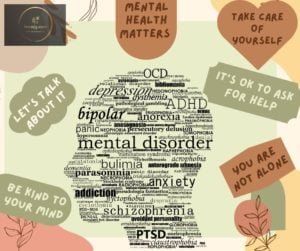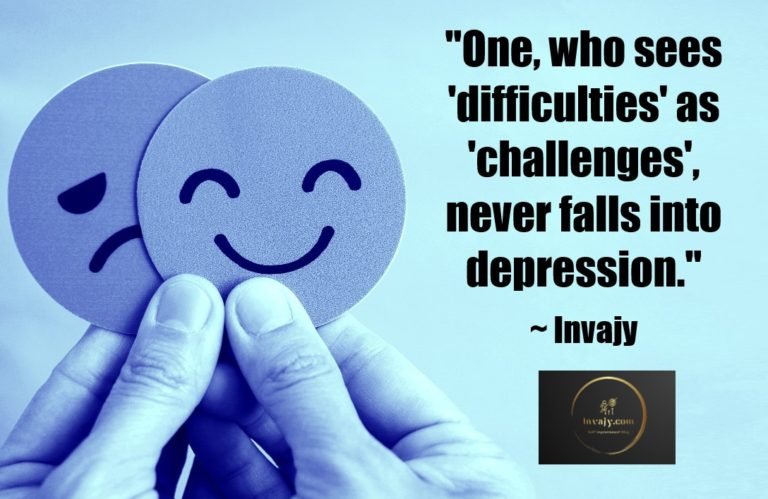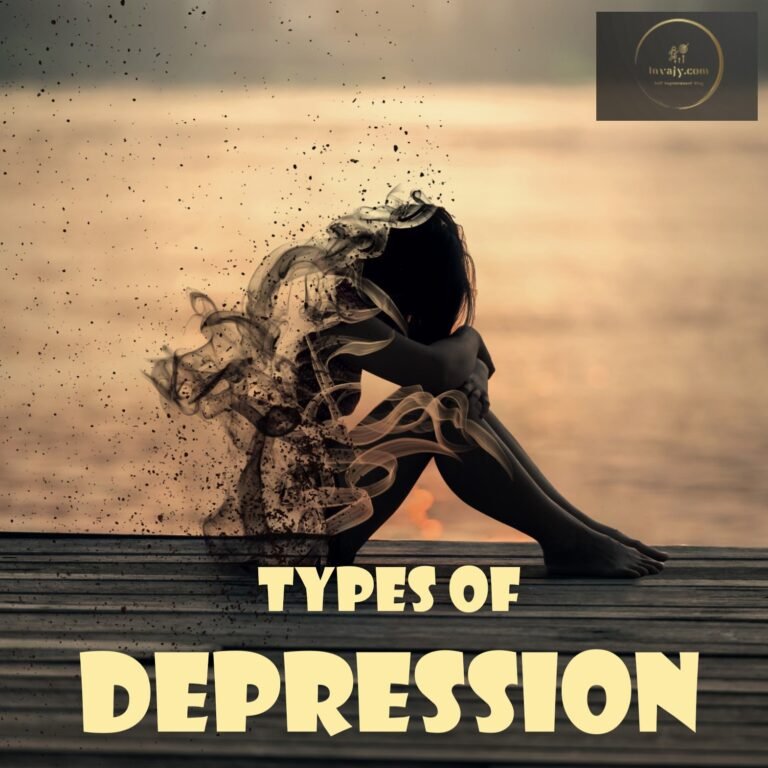Overcoming the Mental Health Stigma
False beliefs about mental illness can cause substantial problems. One of them is — All people with mental illnesses are crazy. Terms like “foolish,” “insane,” and “coo-coo,” all hurtful words are feed into traditional stereotypes of mental illness. They propagate the idea that mental illness is wild, uncontrollable, and always severe. Whereas, in the reality; mental illness and mental health disorders range from mild to more severe; and even come and go. Such misconceptions, negative attitudes and false beliefs about mental illness creates mental health stigma and people with mental health issues are not accepted well in the society. Due to this, mental illness sufferers also do not speak about how they are feeling or if they need any help. Mental illness, like physical illness, can affect anyone regardless of intelligence, social class, or income level. One need to accept mental illness is like other health issues and can be taken care of with right therapy and treatment.
What is Mental Health Stigma?
If you want to define mental health stigma; this can be broadly categorized in two major stigmas.
Public Stigma
Public stigma is the reaction that the general population has to people with mental illness. They create negative belief (e.g., dangerousness, incompetence, character weakness) about people having mental health issues; resulting in discrimination and avoidance.
Self-Stigma
Self-stigma is the preconception which people with mental illness turn against themselves. They create negative belief (e.g., character weakness, incompetence) about the self; resulting in low self-esteem, and low self-efficacy.

Harmful Effects of Mental Heath Stigma
People with mental illness face both the challenge of the disease along with the stereotype and other’s judgmental thoughts. Harmful effects of stigma on people with mental illness can include:
- Reluctance to seek help or treatment
- Lack of understanding by family, friends, co-workers or others
- Difficulties with social relationships
- Fewer opportunities for work, school or social activities or trouble finding housing
- Bullying, physical violence or harassment
- Health insurance that doesn’t adequately cover mental illness treatment
- The belief that such people never succeed at certain challenges or that they can’t improve their situation
Mental Health Stigma Examples
Stigma can show up in both obvious and subtle ways. It is important to first recognize it so that you can take steps to limit its impact on you and those around you. Following are examples of mental illness stigma:
- When someone with a mental illness is called “dangerous”, “crazy” or “incompetent” rather than unwell.
- When mental illness sufferers are viewed as attention-seeking or weak when they try to reach out and get professional help.
- When people avoid others with certain mental health conditions, like schizophrenia, or depression because of fear or misunderstanding.
- When others use harmful language, such as “crazy,” “foolish,” “insane,” or “coo-coo,” to judge or trivialize people who have mental health conditions.
- When a person with mental illness is mocked for seeking help.
- When someone living with a mental health condition views themselves as worthless or talks down to themselves because of their condition.
- When a person with mental illness does not seek professional help out of shame.
- When people with mental health issues stop socializing due to their mental health conditions.
- When companies refuse to hire someone or provide them with adequate accommodations because of their mental health.

Breaking the Stigma
Here are some ways you can break the stigma around mental health:
Learn about Mental Health
One of the key steps toward reducing your mental health stigma is to learn more about mental health. Learning what mental health conditions look like and how they can affect; can help reduce some of the fear, misunderstanding, and judgment around them. Mental illness is common. Learn about facts and figures and you will find that you are not alone in this world dealing with mental health issues.
Get Treatment
Don’t let your fear of being labelled or discriminated against, stop you from seeking help and treatment. Come out of the pits of fear and shame. Treatment and therapy will provide you relief by identifying what’s wrong and reducing symptoms that interfere with your work and personal life.
Share Your Story
The more mental illness remains hidden, the more people think it must be something to be ashamed of. One of the most powerful tools for reducing stigma is to share your story. People speaking out can have a positive impact. It will make you confident to accept your mental illness publicly and give you platform to learn from the experiences of people with similar conditions.
By educating people on what it’s like to live with a mental health condition, you can help reduce the misunderstanding and judgment that people feel.
Don’t Isolate Yourself
If you have a mental illness, you may be reluctant to tell anyone about it. Do not isolate yourself and talk to someone. Reach out to people you trust for the compassion, support and understanding you need. Your family, friends, colleagues or members of your community can offer you support if they know about your mental illness.
Join a Support Group
You may find it helpful to join a support group of one of the mental health organizations. It can be useful to meet others in the same situation, and support groups often have resources that may help educate family members and others about mental illness.
Over to You
That’s all from my side. If you will use above tips and strategies for breaking the stigma; you will surely be able to manage your mental health condition in a better way.
I hope, you liked this article on Mental Health Stigma. Please share this on your favorite social media portals with your friends and relatives.
(Medical Disclaimer: This article is for general information only. It is not intended to be a substitute for professional medical advice, diagnosis or treatment. Before adopting preventive methods/measures/treatment, please seek medical advice.)







